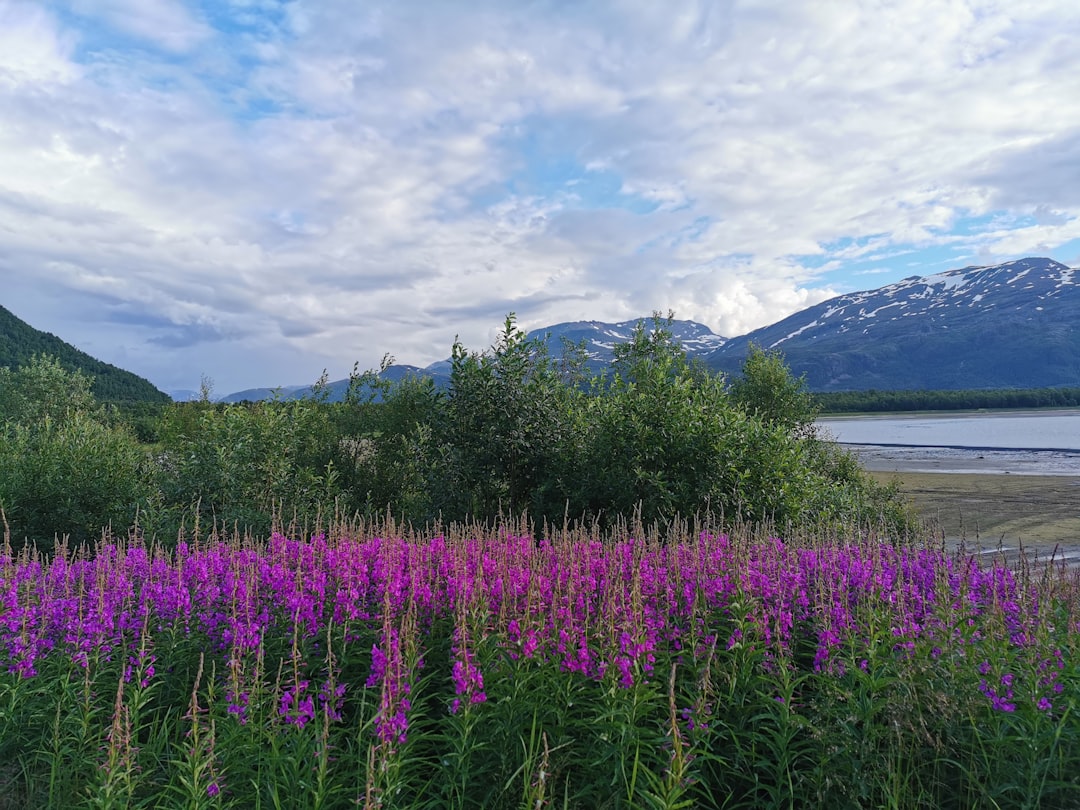Norwegian rental agreements are essential documents that govern the relationship between landlords and tenants in Norway. These agreements outline the rights and responsibilities of both parties, ensuring a clear understanding of the terms under which a property is rented. In a country known for its high living standards and robust legal framework, having a well-structured rental agreement is crucial for a smooth tenancy experience.
The agreements can vary significantly depending on the type of property, whether it be residential or commercial, and the specific needs of the parties involved. In Norway, rental agreements are typically written, although verbal agreements can also be legally binding under certain circumstances. However, it is always advisable to have a written contract to avoid misunderstandings and disputes.
The Norwegian Tenancy Act provides a comprehensive legal framework that governs rental agreements, ensuring that both landlords and tenants are protected under the law. Understanding the nuances of these agreements is vital for anyone considering renting a property in Norway, whether they are locals or expatriates. Book Your 1-Hour Relocation Strategy Session
Summary
- Norwegian rental agreements are governed by specific laws and regulations that both landlords and tenants must adhere to.
- The parties involved in a Norwegian rental agreement are the landlord and the tenant, each with their own rights and responsibilities.
- Rental duration and termination clauses in Norwegian rental agreements are important to understand, as they outline the terms for ending the tenancy.
- Rent and deposit requirements are outlined in Norwegian rental agreements, including the amount, payment schedule, and any potential increases.
- Maintenance and repair responsibilities are typically divided between the landlord and tenant in Norwegian rental agreements, and it’s important to clarify these details before signing the agreement.
Understanding the Parties Involved
A rental agreement in Norway involves two primary parties: the landlord and the tenant. The landlord is the individual or entity that owns the property and has the legal right to lease it to another party. This could be a private homeowner, a property management company, or even a corporate entity.
On the other hand, the tenant is the individual or group who occupies the property in exchange for rent. It is essential for both parties to understand their roles and responsibilities as outlined in the rental agreement. The relationship between landlords and tenants in Norway is generally characterised by mutual respect and adherence to legal obligations.
Landlords are responsible for providing a habitable living environment, which includes maintaining the property and ensuring that it meets safety standards. Tenants, conversely, are expected to pay rent on time and take care of the property during their tenancy. Clear communication between both parties is vital to foster a positive rental experience, and understanding each party’s rights can help prevent conflicts.
Rental Duration and Termination Clause

The duration of a rental agreement in Norway can vary widely, ranging from short-term leases of a few months to long-term agreements lasting several years. Typically, rental agreements are classified as either fixed-term or open-ended. A fixed-term lease specifies a set duration, after which the agreement automatically terminates unless renewed by both parties.
Open-ended leases, on the other hand, continue indefinitely until either party provides notice of termination. The termination clause is a critical component of any rental agreement, as it outlines the conditions under which either party can end the tenancy. In Norway, tenants are generally required to provide three months’ notice before vacating a property, while landlords must adhere to specific legal grounds for terminating a lease, such as non-payment of rent or breach of contract.
Understanding these clauses is essential for both landlords and tenants to ensure compliance with Norwegian law and to avoid potential disputes.
Rent and Deposit
Rent is one of the most significant aspects of any rental agreement, and in Norway, it is typically paid monthly. The amount of rent can vary based on several factors, including location, property size, and amenities offered. It is essential for tenants to understand what is included in their rent—such as heating, water, or internet services—so they can budget accordingly.
Additionally, landlords are required by law to provide tenants with a written receipt for any rent payments made. In addition to monthly rent, landlords often require tenants to pay a security deposit before moving in. This deposit serves as financial protection for landlords against potential damages or unpaid rent during the tenancy.
In Norway, the maximum amount for a security deposit is usually equivalent to three months’ rent. It is crucial for tenants to understand the conditions under which their deposit may be withheld at the end of their tenancy, as well as the process for its return.
Maintenance and Repairs
Maintenance and repairs are vital components of any rental agreement in Norway. Landlords are legally obligated to ensure that their properties are safe and habitable, which includes addressing any necessary repairs promptly. This responsibility encompasses everything from fixing plumbing issues to ensuring that heating systems are functional during winter months.
Tenants should be aware of their rights regarding maintenance requests and understand how to communicate these needs effectively to their landlords. Tenants also have responsibilities when it comes to maintenance; they are expected to keep the property clean and report any issues that arise in a timely manner. Failure to do so could result in liability for damages that occur due to neglect.
It is advisable for both parties to document any maintenance requests and responses in writing to maintain a clear record of communications throughout the tenancy.
Subletting and Assignment

Subletting refers to the practice of a tenant renting out their leased property to another individual while still retaining their lease agreement with the landlord. In Norway, subletting is generally permitted but often requires prior written consent from the landlord. This clause should be clearly outlined in the rental agreement to avoid misunderstandings later on.
Tenants should be cautious when considering subletting arrangements, as they remain responsible for ensuring that rent is paid and that the property is maintained. Assignment involves transferring the entire lease agreement from one tenant to another, effectively ending the original tenant’s obligations under the contract. Like subletting, assignment typically requires landlord approval and should be explicitly addressed in the rental agreement.
Understanding these terms is crucial for tenants who may need flexibility during their tenancy due to personal or professional circumstances.
House Rules and Regulations
House rules and regulations are often included in rental agreements in Norway to ensure that all tenants adhere to certain standards of behaviour while living in shared properties or communities. These rules may cover various aspects such as noise levels, pet ownership, smoking policies, and communal area usage. Establishing clear house rules helps maintain harmony among residents and protects the rights of all tenants.
It is essential for tenants to familiarise themselves with these rules upon moving in, as violations can lead to disputes or even eviction in severe cases. Landlords should ensure that house rules are reasonable and clearly communicated within the rental agreement. Open dialogue between landlords and tenants regarding these regulations can foster a positive living environment and prevent potential conflicts.
Utilities and Additional Costs
Utilities such as electricity, water, heating, and internet services are often significant considerations when entering into a rental agreement in Norway. While some rental agreements may include certain utilities within the monthly rent, others may require tenants to set up accounts with utility providers independently. It is crucial for tenants to clarify which utilities are included in their rent and what additional costs they may incur during their tenancy.
In addition to utilities, tenants should also be aware of other potential costs associated with renting a property. These may include maintenance fees for shared facilities in apartment buildings or community services such as waste disposal. Understanding these additional costs upfront can help tenants budget effectively and avoid unexpected financial burdens during their stay.
Insurance and Liability
Insurance plays an important role in protecting both landlords and tenants in Norway. Landlords typically carry insurance on their properties to cover damages caused by unforeseen events such as fire or flooding. However, this insurance does not cover tenants’ personal belongings; therefore, it is advisable for tenants to obtain renters’ insurance to protect their possessions against theft or damage.
Liability is another critical aspect of rental agreements; tenants may be held responsible for damages caused by negligence or misuse of the property during their tenancy. It is essential for both parties to understand their respective liabilities as outlined in the rental agreement to avoid disputes over damages or losses that may occur.
Dispute Resolution
Despite best efforts at communication and understanding, disputes can arise between landlords and tenants during a tenancy period. In Norway, there are established procedures for resolving such conflicts amicably before escalating them legally. Many rental agreements include clauses outlining steps for dispute resolution, such as mediation or arbitration processes.
If disputes cannot be resolved through direct communication or mediation efforts fail, either party may seek legal recourse through Norwegian courts or relevant housing authorities. It is advisable for both landlords and tenants to keep detailed records of all communications related to disputes, as this documentation can be invaluable if legal action becomes necessary.
Conclusion and Additional Resources
Navigating Norwegian rental agreements can seem daunting at first glance; however, understanding key components such as parties involved, rental duration, maintenance responsibilities, and dispute resolution processes can significantly ease this journey. Both landlords and tenants must approach their agreements with clarity and respect for each other’s rights and obligations. For those seeking further assistance or guidance on Norwegian rental agreements, consider engaging with professionals who specialise in relocation services like the Norway Relocation Group.
They offer invaluable resources tailored specifically for expatriates navigating housing challenges in Norway. Their One-Hour Strategy Session provides an excellent opportunity for individuals or families planning a move to gain insights into local housing markets while addressing specific concerns related to their relocation journey. By leveraging expert knowledge from seasoned professionals at Norway Relocation Group, you can ensure a smoother transition into your new home while avoiding common pitfalls associated with renting in Norway.

